In 2016, U.S. emergency rooms treated 145.6 million Americans for their emergency conditions according to the Center for Disease Control. This number has been steadily rising since the 1990s, and can be expected to continue increasing with each passing year. With such a high demand for emergency services, it is important to keep your hospital’s emergency […]
Tag: #Medicalcomputer
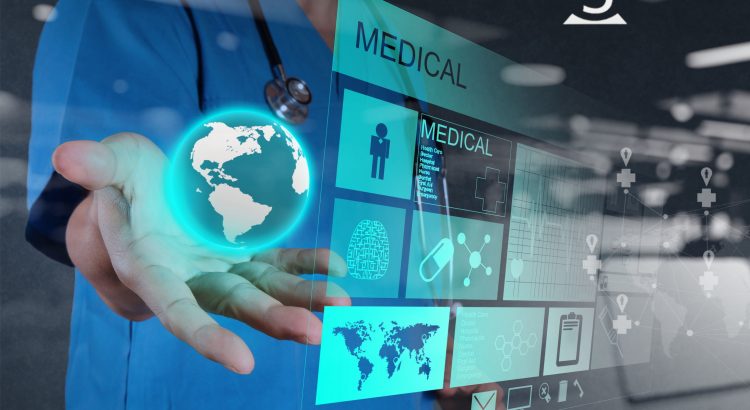
The Importance Of Antimicrobial Medical PCs
We all like to think of hospitals as places in society where people go to get healthier, and for the most part this is true. However, this is not always the case as hospitals can inadvertently become breeding grounds for harmful diseases. The CDC estimates that each and every day, 1 in 31 hospitals will […]

How To Prevent Critical Electronic Health Records Mistakes
There’s no doubt that medical grade computers have made hospitals safer, more productive environments to treat patients. From their antimicrobial coating which mitigates the growth of nosocomial infection causing bacteria to their robust IP certified water resistance, medical grade computers have made a lasting impact on the quality of care provided to patients. Sadly, […]
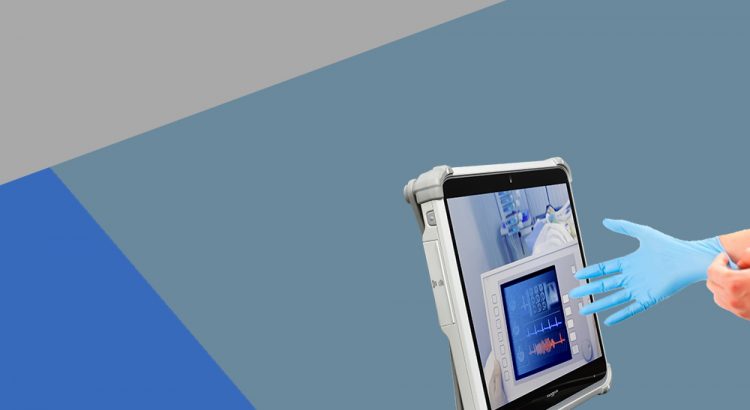
Preventing Nosocomial Infections
What Is a Nosocomial Infection? Infections occurring while a person is being treated in a hospital are considered nosocomial infections. Nosocomial infections are of great concern to hospitals, governments, and medical personnel alike as they can have a vast impact on the quality of healthcare provided. Infections such as Staphylococcus aureus (MRSA) and Clostridium difficile […]

Preparing Your Hospital For Hurricanes And Other Natural Disasters
While we tend not to think of worst case scenarios, it is important that we are prepared for them. Natural disasters are inherently unpredictable, and it is up to individuals and organizations to be prepared when disaster strikes. Unfortunately, we may not be as prepared as we would like to think. According to the National […]
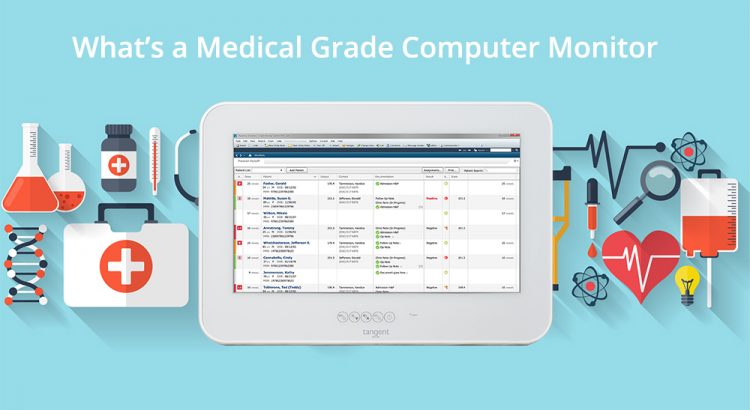
Medical Grade Computer Monitor: What is the Meaning?
It may be surprising to hear, but calling a monitor “medical grade” isn’t just a marketing tactic. To be a medical monitor, the medical monitor must meet certain legal criteria that allows for the use of the term. These criteria, such as EN/IEC 60601-1 compliance, help keep both patients and doctors safe from workplace hazards. […]
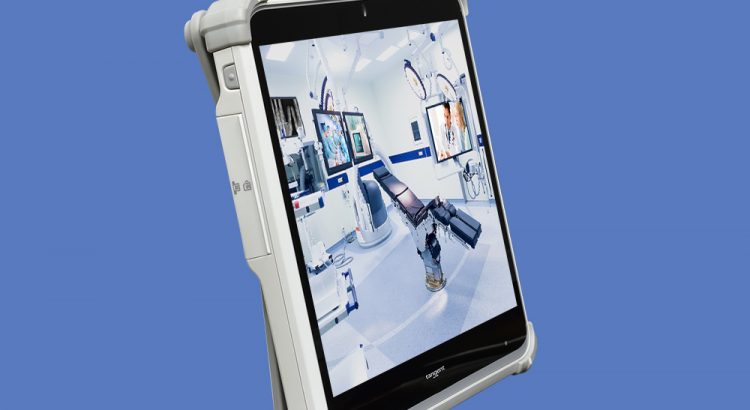
Medical All-In-One PCs
Tangent’s medical all-in-one PCs are built for 24/7 use in the hospital setting. Our line of medical all-in-one PCs are highly customizable to fit your workplace needs, and are designed with physician and patient safety and hygiene in mind. IP65 Sealed and Protected Tangent’s medical all-in-one PCs like the Medix T24B are IP65 certified […]
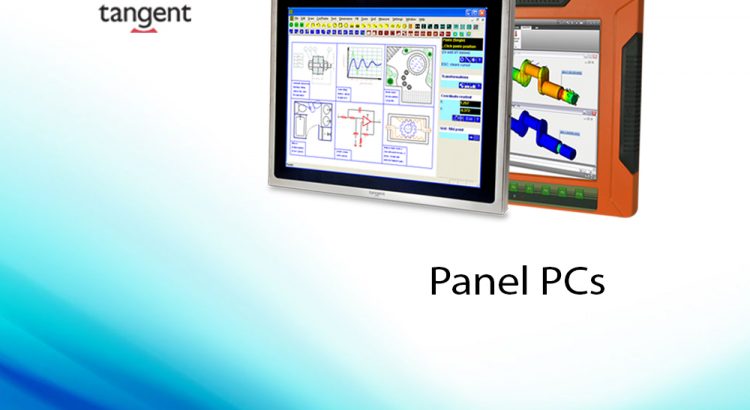
Panel PCs: Tangent’s Product Line
Powerful Medical Panel PCs to Meet Your Needs Tangent’s lineup of Medical Panel PCs are designed to exceed the need of the hospital setting. All of our Medical Panel PCs are UL/cUL 60601-1 and IEC 60601-1 Certified, run industry standard EMR software, and feature widescreen displays. Our Medical Panel PCs have a fanless design, making […]
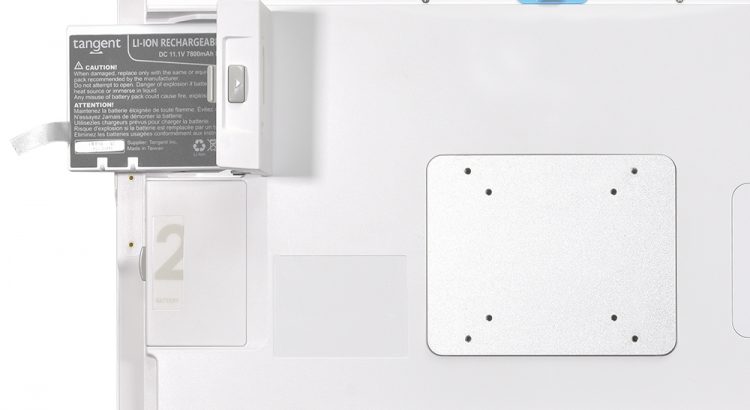
Medical PC: Customizable for Your Healthcare Needs
While All-In-One PCs do feature the capabilities of a PC, keyboard, mouse, and monitor in one convenient package, there’s always more room to fit in a few more features. At Tangent, our Medical PCs are built to be customized, having multiple options to fit your hospital’s unique needs. These customization options make medical PCs from […]
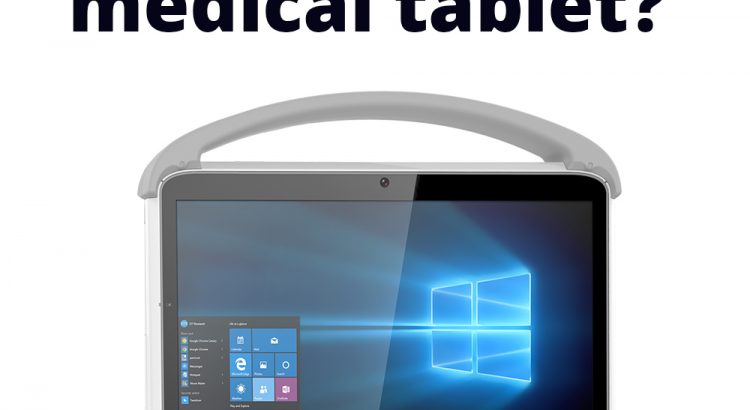
What is a Medical Tablet ?
As hospitals increasingly computerize their workstations, the use of paper records has dropped considerably. While the introduction of computers in the hospital space has drastically increased their efficiency, the mobility of information that physical paper records entailed was nearly lost. This is where Medical Tablets found their niche, offering the same benefits as medical PCS […]
